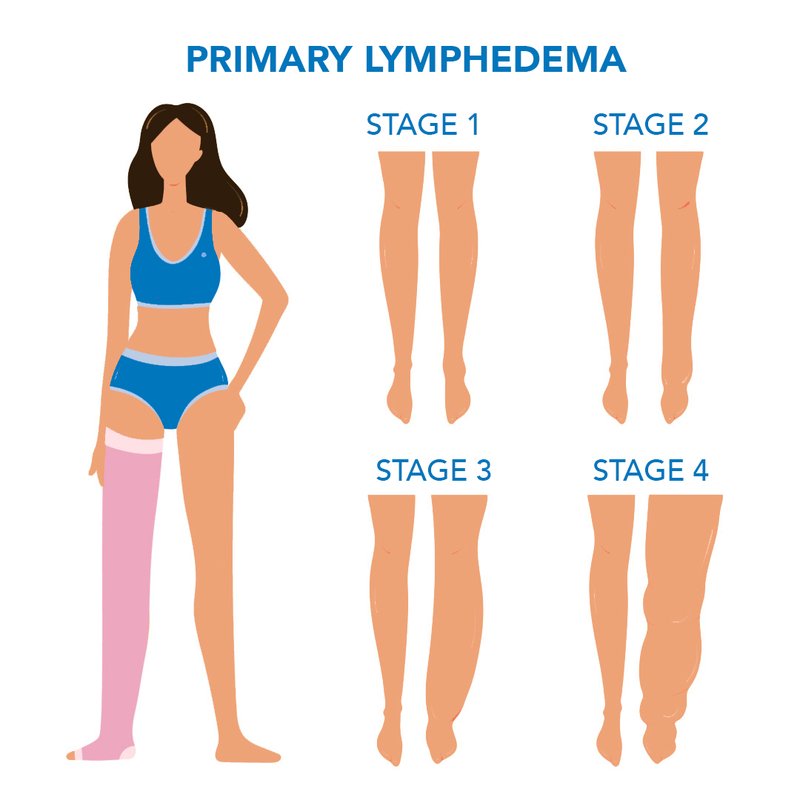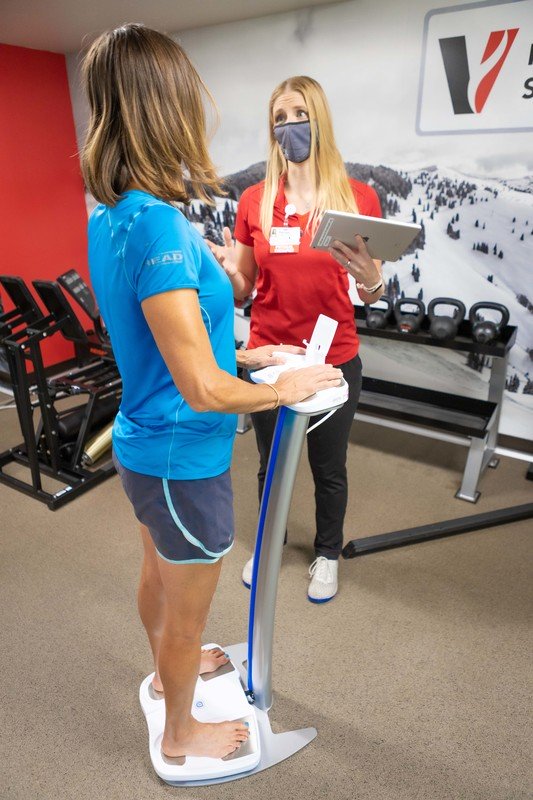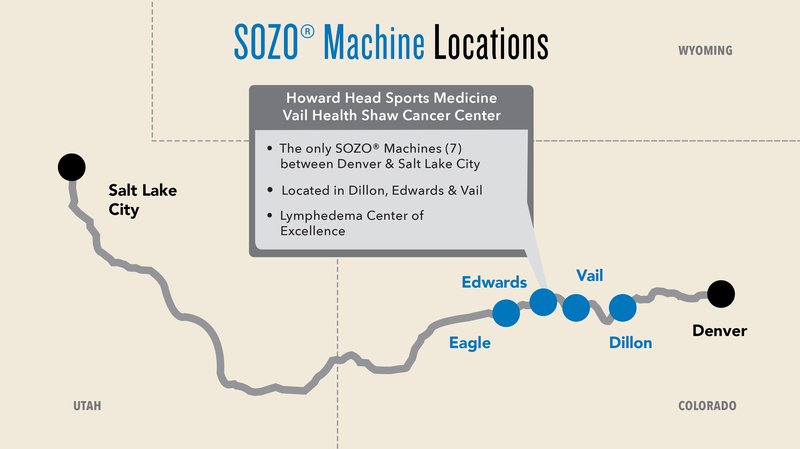Working with Vail Health Shaw Cancer Center, Vail Health Howard Head Sports Medicine’s oncology specialists treat the symptoms associated with cancer to get you back to the activities you love. Our physical and occupational therapists are part of your multidisciplinary cancer treatment team. Your rehabilitation team is specially trained to monitor for disease and treatment related side-effects in order to address these side-effects early and avoid long-term limitations. Physical and occupational therapy can help you address, overcome, and prevent pain, tightness, fatigue, and decreased function associated with your treatment.
Shaw Cancer Center, in partnership with Howard Head Sports Medicine, is a Center of Excellence in the diagnosis and treatment of lymphatic diseases.
Lymphedema
What is Lymphedema?

Lymphedema refers to swelling that generally occurs in one of your arms or legs. Sometimes both arms or both legs swell. Lymphedema is most commonly caused by damage to, or removal of, your lymph nodes after cancer treatment including surgical, radiation, and chemotherapy treatments. Blockage in your lymphatic system (part of your immune system) leads to swelling. The swelling is due to the lymph fluid from not draining well.
Symptoms of lymphedema
It is common to have pain and swelling after surgery. After you heal from surgery, watch for these possible signs:
Symptoms of lymphedema
It is common to have pain and swelling after surgery. After you heal from surgery, watch for these possible signs:
- Swelling in your arms, hands, fingers, legs or feet
- A feeling of heaviness or tightness
- Your arm, hand, leg, or foot is difficult to move
- Clothes, rings, watches or shoes feel tight
Early Detection & Lymphedema Therapy

Early detection and intervention
Early detection helps reduce your risk of getting life-long lymphedema by testing you for early stages of lymphedema with the goal of preventing it from getting worse. Shaw Cancer Center and Howard Head Sports Medicine use a technology called bioimpedence spectroscopy to help detect lymphedema early. SOZO® is the device that provides a lymphedema measurement called the L-Dex® score. The L-Dex score helps your healthcare provider know if you are getting lymphedema before you feel any signs or symptoms. This early alert allows you to take steps to stop lymphedema from getting worse – or to avoid getting it at all.
Early detection helps reduce your risk of getting life-long lymphedema by testing you for early stages of lymphedema with the goal of preventing it from getting worse. Shaw Cancer Center and Howard Head Sports Medicine use a technology called bioimpedence spectroscopy to help detect lymphedema early. SOZO® is the device that provides a lymphedema measurement called the L-Dex® score. The L-Dex score helps your healthcare provider know if you are getting lymphedema before you feel any signs or symptoms. This early alert allows you to take steps to stop lymphedema from getting worse – or to avoid getting it at all.
- Test – Before your first treatment we obtain your L-Dex score to have a baseline. Typically additional testing is performed every three months after treatments begins for the first year. This allows us to monitor your L-Dex score.
- Trigger – If your L-Dex score increases above normal levels, your healthcare team will evaluate you for early signs of lymphedema.
- Treat – Your healthcare provider will prescribe the treatment that best fits your condition. For early lymphedema, this may include hands on lymphatic massage with a certified Howard Head Sports Medicine Lymphedema Therapist, and at-home treatment with custom-fit compression garments.
- SOZO – The SOZO device is used to measure your L-Dex score. It looks like a scale, but it has places for you to put your hands and feet. You will not feel the SOZO test and it only takes 30 seconds to complete.
- L-Dex Score – The L-Dex score helps your healthcare provider know if you are getting lymphedema before you feel any signs or symptoms. It is measured using the SOZO device. A normal L-Dex score is between -10 and +10. Your L-Dex score may be measured before cancer treatment begins to figure out the normal L-Dex score for you.


